Project MikroGraph
IMMS is developing evaluation electronics for new, highly sensitive graphene sensor technology for on-site detection of micropollutants in wastewater.
Micropollutants in wastewater determined too slowly to date
80 percent of micropollutant pollution in wastewater from large municipalities must be avoided from 2035 onwards. This requirement of the EU Municipal Wastewater Directive can only be met by collecting comprehensive data and treating pollution in a targeted manner.
This will be difficult to achieve with the current standard analysis of individual samples, which are sent to central laboratories and tested for pharmaceutical residues, pesticides or plasticisers, for example. This approach is time-consuming and does not allow for immediate response to acute pollution.
In future, micropollutants in wastewater are to be analysed on site
In the MikroGraph project, an innovative analysis system for the on-site detection of micropollutants in wastewater is being developed. The aim is to quantify at least three of twelve relevant substances from the EU Directive (91/271/EEC) with high precision and a low detection limit (0.003 µg/l).
This will be achieved by combining graphene sensor technology, separation column technology and mass spectrometry, which are being developed in parallel and mutually validated within the project. These three technologies will be combined with microfluidics and intelligent control to create a compact, automated solution for sewage treatment plants and industry.
By comparing measurement results from the same sample, deviations can be detected, causes analysed and the strengths of each method specifically utilised. The result is a robust on-site analysis system that detects micropollutants precisely, efficiently and reliably.
IMMS develops evaluation electronics for graphene sensors
IMMS will develop special evaluation electronics for graphene sensors. To this end, IMMS designs, simulates and characterises circuits for precise current measurement in the nA range and fast signal acquisition. It implements multi-channel electronics, integrates them into the laboratory simulator and controls its processes in real time. Finally, the results will be incorporated into a compact system for drinking water and wastewater analysis to enable reliable on-site micro-pollutant detection.
Acronym / Name:
MikroGraph / Development and integration of graphene sensor technology for the analysis of micropollutants in combination with separation column and mass spectrometer technologies; IMMS sub-project ‘Development of electronic evaluation methods for the signal acquisition of graphene sensors’Duration:2025 – 2028
Application:
Environmental monitoring and smart city applications|Life Sciences|Environmental monitoring| water analysis| substance detectionResearch field:
Related content
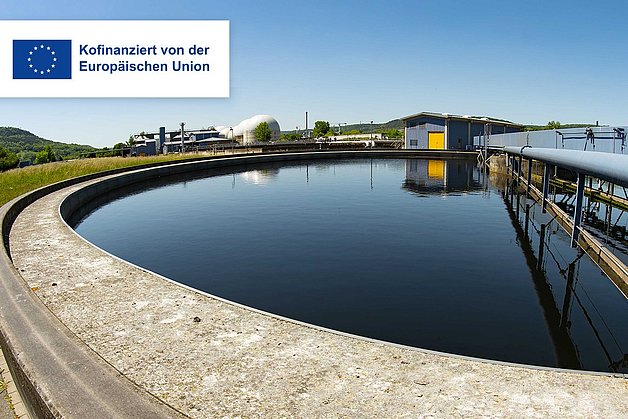
Press release,
„MikroGraph“ research project gets underway
Thuringian research consortium develops innovative sensor technology for monitoring micropollutants in wastewater
Contact
Contact
Dipl.-Ing. Michael Meister
Head of Industrial Electronics and Measurement Technology
michael.meister(at)imms.de+49 (0) 3677 874 93 20
Michael Meister is your contact for testing services, the development of test methodologies, and long-term measurements. He answers your questions on Modular and mobile test systems that we develop in our research in Smart distributed measurement and test systems as well as about testing and characterisation of integrated sensor systems. He is responsible for the test equipment at IMMS and will support you in the validation of ASIC and MEMS developments.
Funding
The joint project ‘Development and integration of graphene sensor technology for the analysis of micropollutants in combination with separation column and mass spectrometer technologies’ (MikroGraph) is supported by the funding programme of the German Land of Thüringen for the promotion of research, technology and innovation (RTI) as the research and development initiative Thüringen Verbund and co-financed by the European Union under the joint project number 1003625, the sub-project ‘Development of electronic evaluation methods for the signal acquisition of graphene sensors’ under the reference 2024 VFE 0114.


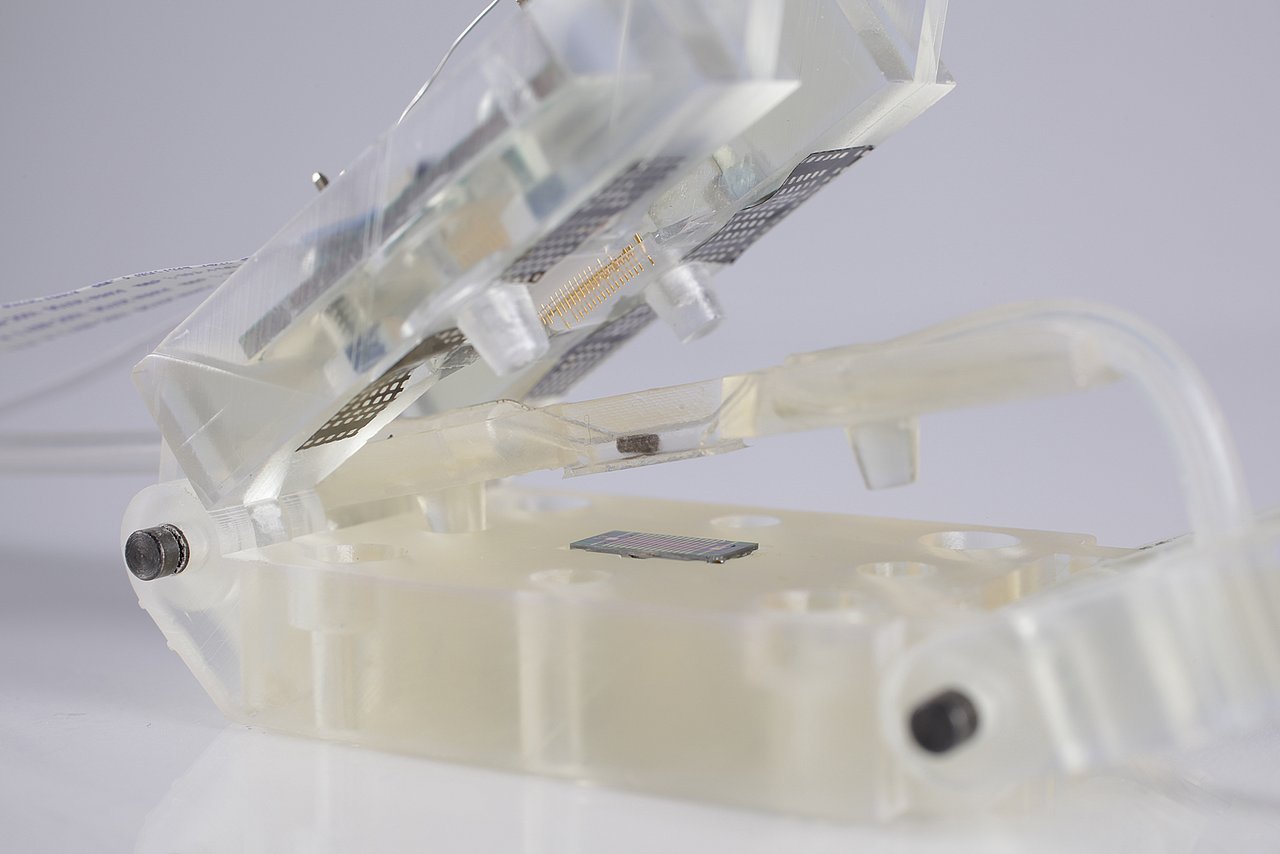
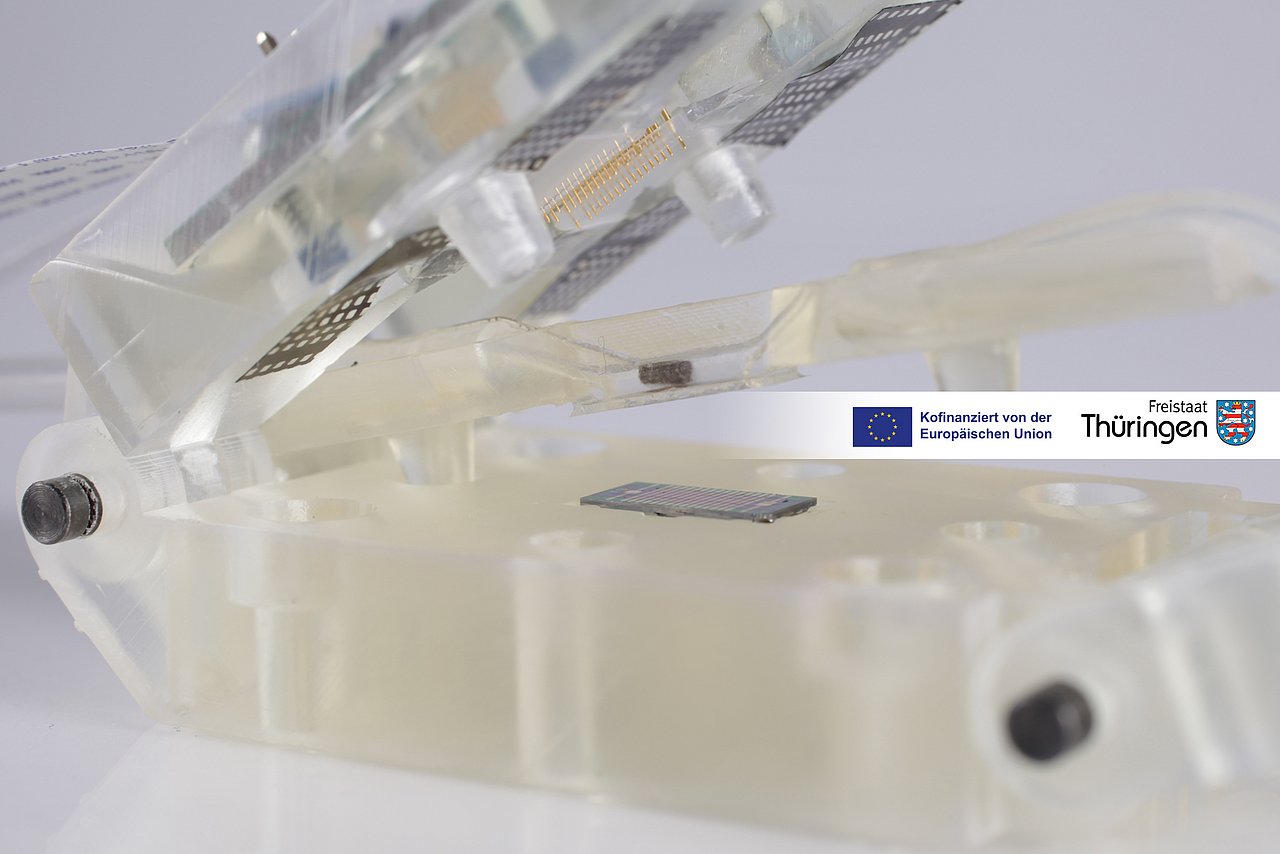
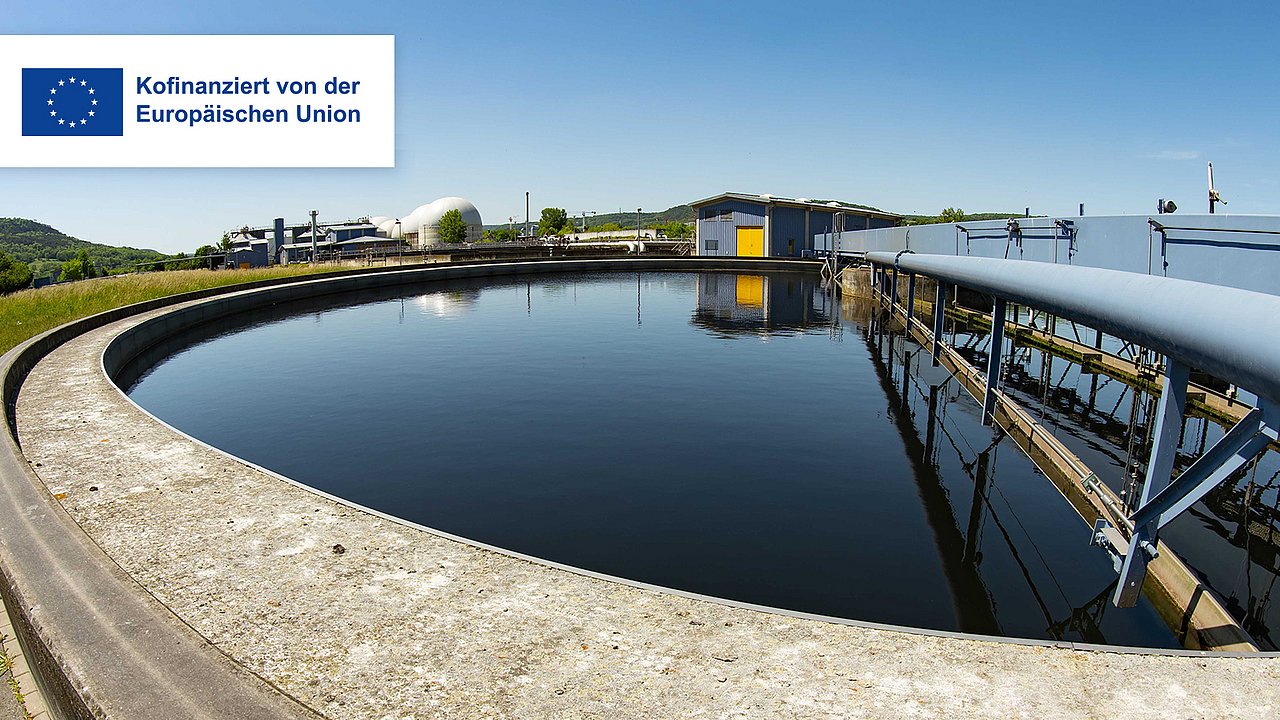
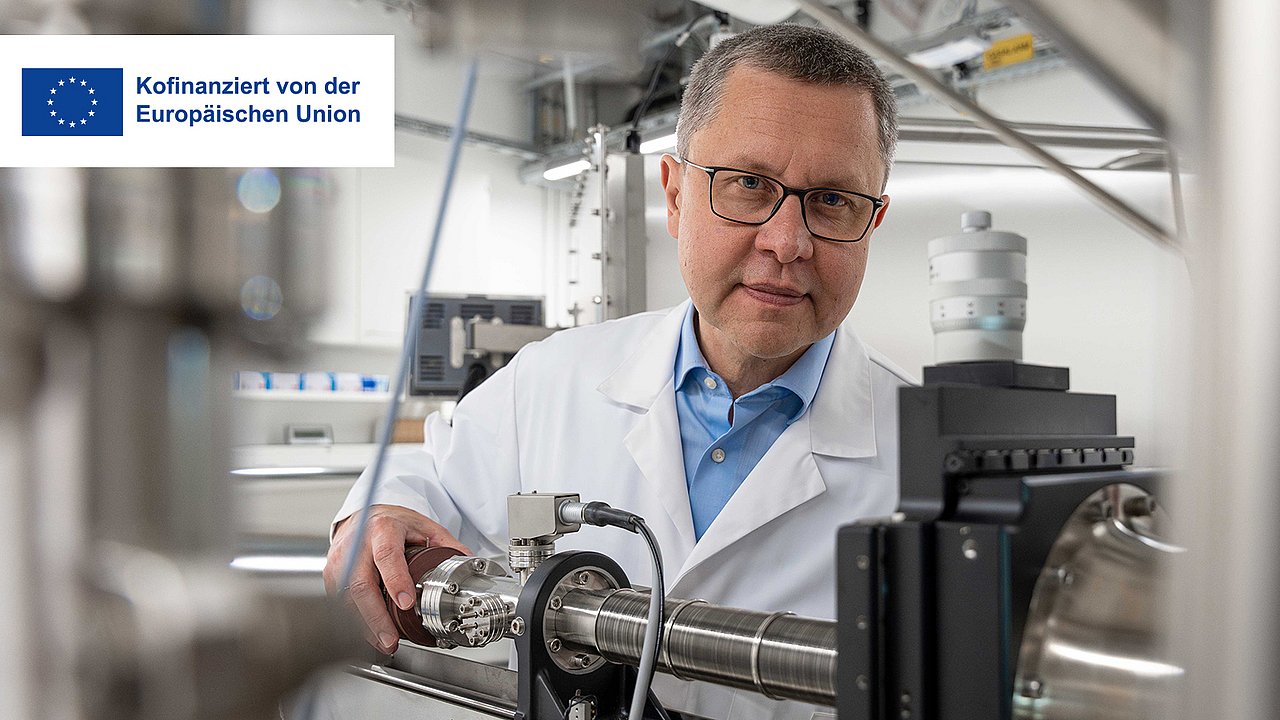

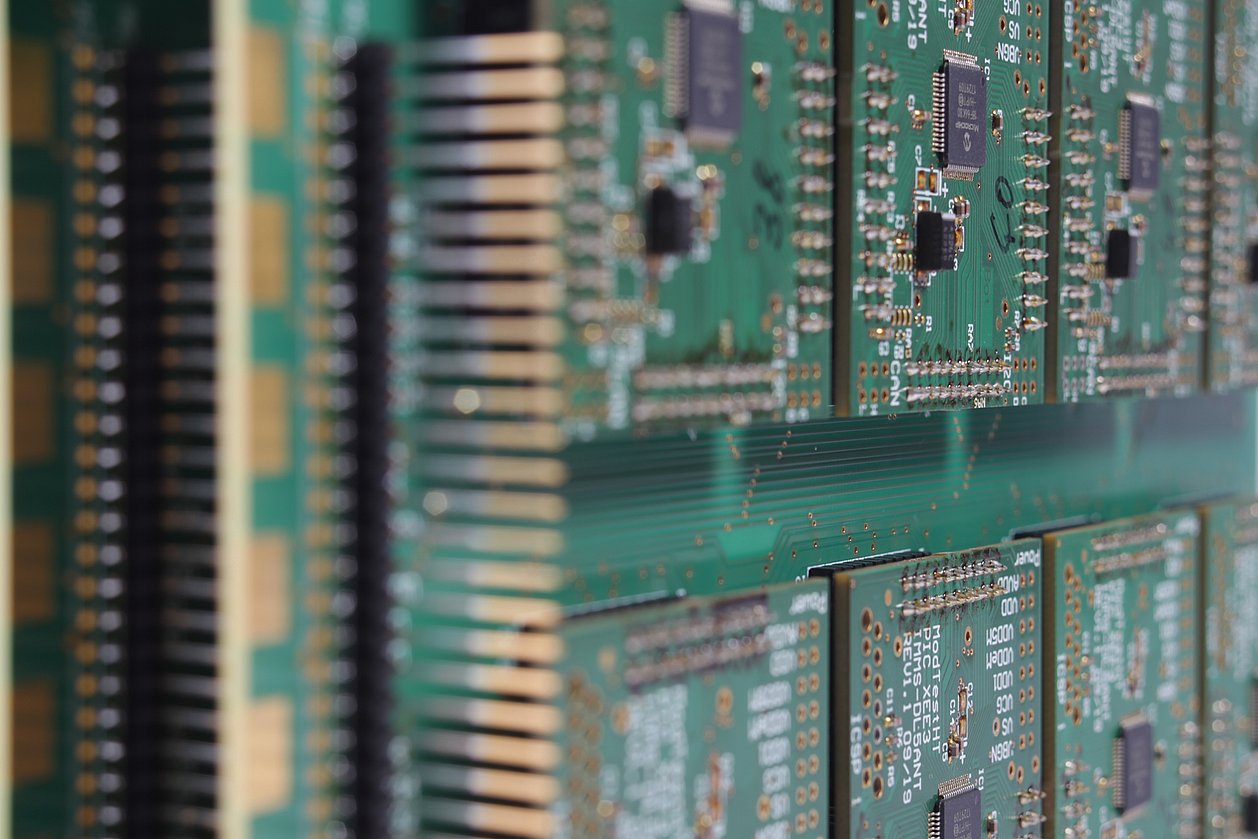

![[Translate to English:] [Translate to English:]](/fileadmin/_processed_/a/7/csm_20130223_dcSen_ProberEF_MM_MG_3325_1920x1280_588e478d86.jpg)